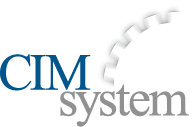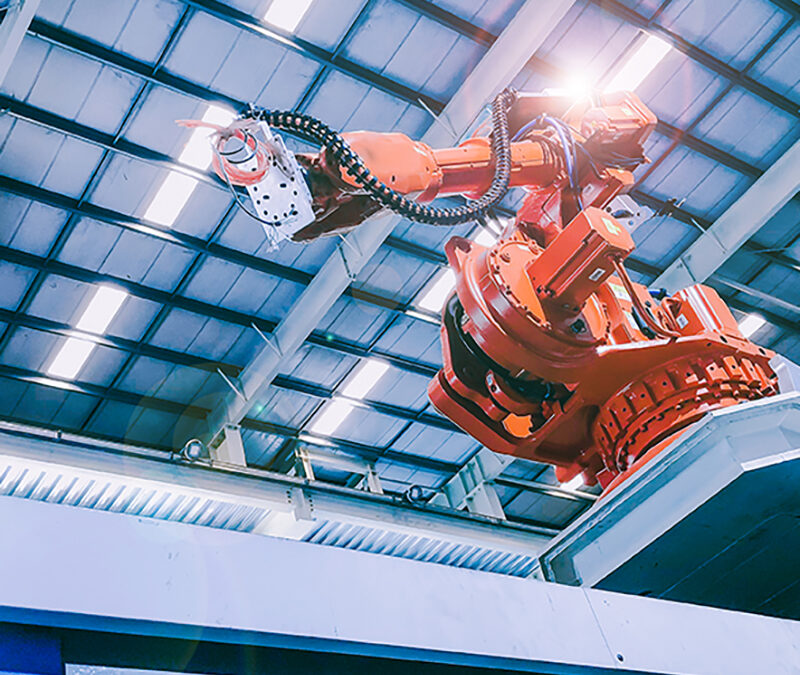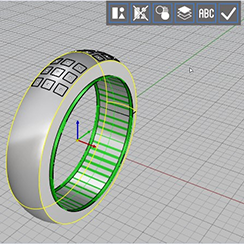CAM Software and Robots: A revolution in cnc machining
Manufacturing industries have always been among the first to adopt advanced technologies and the latest innovations to improve production and optimize resources. What’s more advanced and novel than a robot? Indeed, the ever-increasing need for efficiency, flexibility and sustainability in industrial processes has contributed to the spread of robotics solutions into every manufacturing field of application. The benefits of using anthropomorphic robots in each stage of production is considerable: from accelerating development and construction processes, to meeting changing and increasingly customized market demands.
According to the World Robotics Report 2024, sponsored by the International Federation of Robotics, 2023 turned out to be the second year of growth for industrial automation, leveraging mainly on automotive, while 2024 was supposed to face flat growth in Europe and steady growth in Asia and the Americas. Industrial robots can move very quickly and run specific advanced operations that cnc machines struggle to perform, increasing precision and expanding the range of automated performance and overall control. Advanced robotics systems also allow for the simulation of every robot’s move and can ensure accurate step-by-step results. Additionally, collaboration between the robots, CAM software and operator are essential to guaranteeing proper programming and execution. Indeed, operators need to program and save each individual robot’s movement for each machining, which will then be played back in a loop and create a working cycle.
CAM software plays an important role here and needs to be able to support offline and online programming, as well as kinematic simulation, in the easiest way possible. Only a precise cnc programming software can make it possible to not only calculate these movements quickly and accurately, but also manage 3D files automatically
What are the main benefits of using CAM software applied to robotics?
Creates a movement list for robots with safety checks about the work area and 3D parts, and with collision and production checks related to the design of the parts that the software is handling;
- Ability to program multiple robots offline at the same time;
- Continuity of production lines that can continue the creation of other parts during downtime
- Increased speed of calculating the movements to be made, especially when there are small series of parts or different objects to be produced where the changeover and programming time greatly affect the total production time.
Through the threefold cooperation between human operator, robot, and CAD CAM software, even large production runs can be managed and the time spent on programming the robot for each part created can be divided, with minimal impact to production time. Thanks to the versatility of CAM software and anthropomorphic robots, it is now possible to access these advancements in several different industries.
In fact, depending on how the robot is configured, cutting, milling, welding, and material recovery can be performed without needing to rely on external software. A crucial part of the solution is a versatile, simple and modular CAM software that can support the operator in all applications, reducing the learning curve and avoiding unnecessary functions that complicate its use.
Also, it’s crucial to highlight the reduced energy impact and overall consumption of the equipment used. Robots, which are specifically designed to work continuously over the long term, can help save considerable hours previously spent on programming and movement optimization.
RhinoNC CAM software, integrated with Rhinoceros CAD, allows you to easily create strategies for 3- to 5-axis anthropomorphic robots and perform all common machining operations: pocketing, drilling, nesting, contouring and finishing, in an intuitive and customizable interface.
Contact us to learn more!




